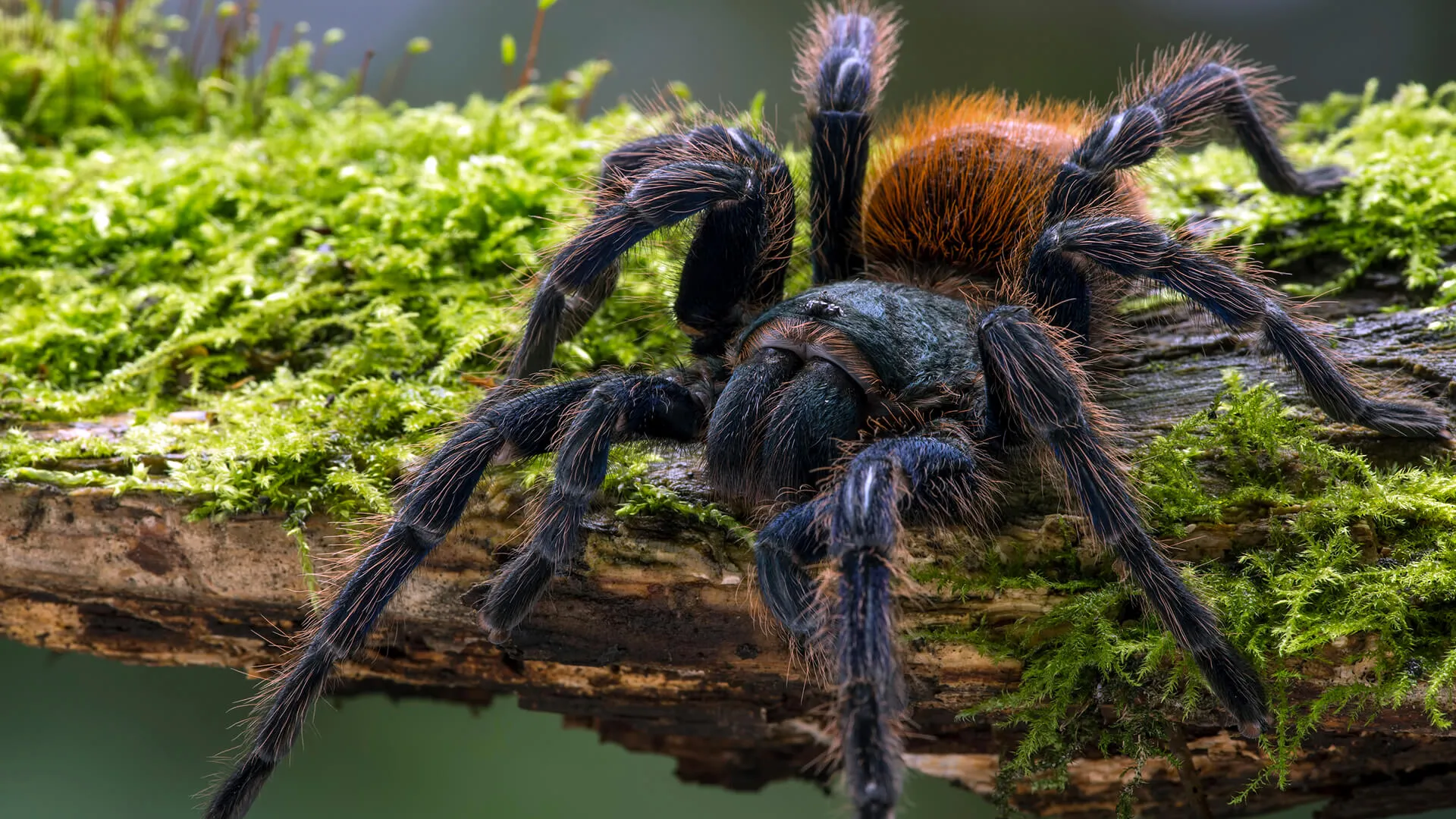Where Are Tarantulas Found? The Ultimate Guide
Tarantulas, with their impressive size and often striking appearance, capture the fascination of many. But where in the world can these remarkable creatures be found? The answer is quite varied, as tarantulas have adapted to a range of habitats across the globe. This guide explores the top locations where tarantulas thrive, providing insights into their preferred environments and the specific species you might encounter. From the deserts of the American Southwest to the rainforests of South America and the diverse landscapes of Asia, the world of tarantulas is vast and intriguing. Understanding their geographical distribution is the first step in appreciating the diversity and adaptability of these captivating arachnids. Let’s delve into the exciting world of tarantula habitats and discover where these fascinating creatures make their homes.
North America Tarantula Habitats
North America is home to a variety of tarantula species, primarily found in the southwestern United States and parts of Mexico. These tarantulas have adapted to the arid and semi-arid climates of the region, often inhabiting burrows in the ground to escape the harsh sun and temperature fluctuations. The landscape plays a crucial role in their distribution, with sandy and loamy soils being particularly suitable for burrowing. Observing these creatures in their natural habitat provides a glimpse into their survival strategies and their interaction with the unique ecosystems of the American Southwest. The diverse terrain, from deserts to grasslands, supports a range of species, each with its own specific habitat preferences. These spiders are a vital part of the ecosystem, contributing to the health of the environment.
United States Tarantula Varieties
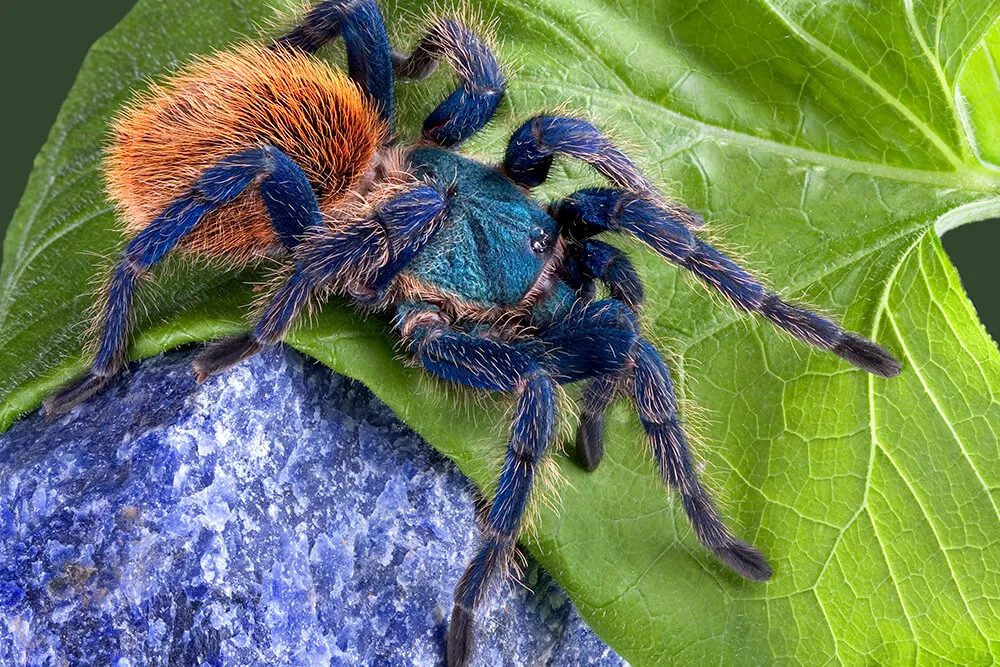
Within the United States, several tarantula species are commonly found. The most well-known include the Arizona Blonde (Aphonopelma chalcodes), known for its docile nature and striking appearance, and various species of the genus Aphonopelma, which are prevalent throughout the Southwest. These spiders are typically ground-dwelling, constructing burrows in the soil or utilizing natural shelters like rock crevices. Their coloration often blends with the environment, providing camouflage from predators. Researching the specific species in your area is helpful for identifying the types of tarantulas that are local to you. These species are an important part of the ecological web in their native territories.
Mexico Tarantula Locations
Mexico, with its diverse climates and habitats, offers a rich environment for tarantulas. The country’s arid regions, such as the Chihuahuan Desert, and the more humid areas of the Yucatan Peninsula provide a variety of suitable environments. Here, tarantulas can be found in burrows, under rocks, and within the dense foliage of the jungle. The variety of habitats allows for a wide range of species to flourish. The biodiversity of Mexico makes it a prime location for tarantula enthusiasts to explore the fascinating world of these arachnids, who have many specific needs, based on their species.
South America Tarantula Habitats
South America is a hotspot for tarantula diversity, particularly in the Amazon rainforest and surrounding areas. The warm, humid climate and abundant insect life create ideal conditions for these spiders to thrive. Many species are arboreal, living in trees, while others are ground-dwelling, constructing burrows in the forest floor. The lush vegetation and complex ecosystems of South America provide a rich environment for tarantulas to hunt, reproduce, and evade predators. The dense rainforests and diverse landscapes contribute to the wide variety of species found across the continent. These tarantulas play an important role in the ecosystem, regulating insect populations.
Brazilian Tarantula Species
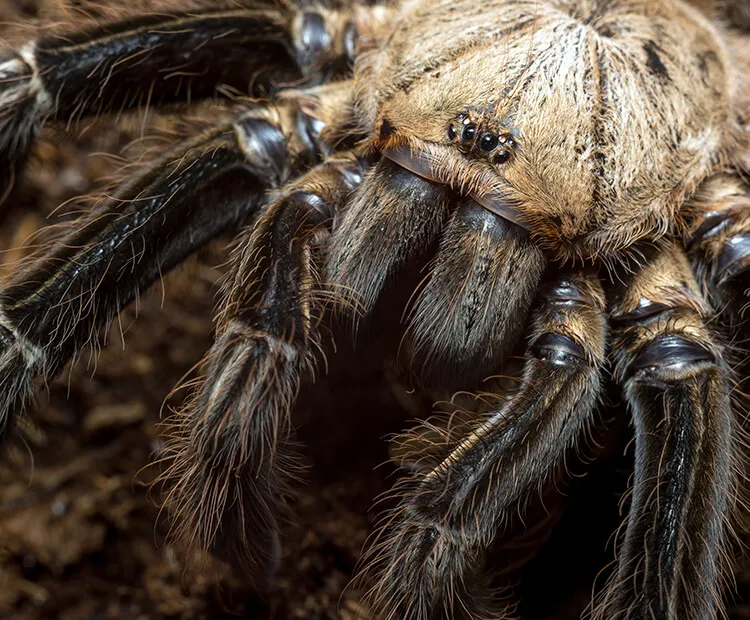
Brazil, a key country in South America, boasts a significant number of tarantula species, with the Brazilian Black (Grammostola pulchra) being one of the most sought-after by enthusiasts. Others include various species of the genus Lasiodora, known for their large size and impressive presence. These spiders inhabit a range of environments, from the rainforest to more open areas, each with its own unique characteristics. Researching the local species ensures the safety and preservation of the environment. These spiders contribute to the overall biodiversity of the country and the Amazon.
Peruvian Tarantula Habitats
Peru’s varied landscape, encompassing the Amazon rainforest, the Andes Mountains, and coastal regions, offers diverse habitats for tarantulas. Species like the Peruvian Purple (Xenesthis intermedia) and other unique species are found in this region. These spiders can be found in burrows, under rocks, and within the foliage. The range of habitats provides a unique look into their adaptability to different climates. The high biodiversity makes Peru a fascinating location for tarantula enthusiasts and researchers alike. These arachnids have important relationships with the rest of the life in their territories.
Asia Tarantula Habitats
Asia is home to a diverse array of tarantulas, found across various regions from the humid rainforests of Southeast Asia to the more arid environments of India. These tarantulas have adapted to a variety of climates, displaying different behaviors and characteristics depending on their environment. From the ground-dwelling species to the arboreal varieties, Asia’s tarantulas provide a fascinating insight into the adaptability of these arachnids. The diverse ecosystems contribute to the variety of species found throughout the continent. The research of these spiders helps to improve the conservation of these species.
India Tarantula Species
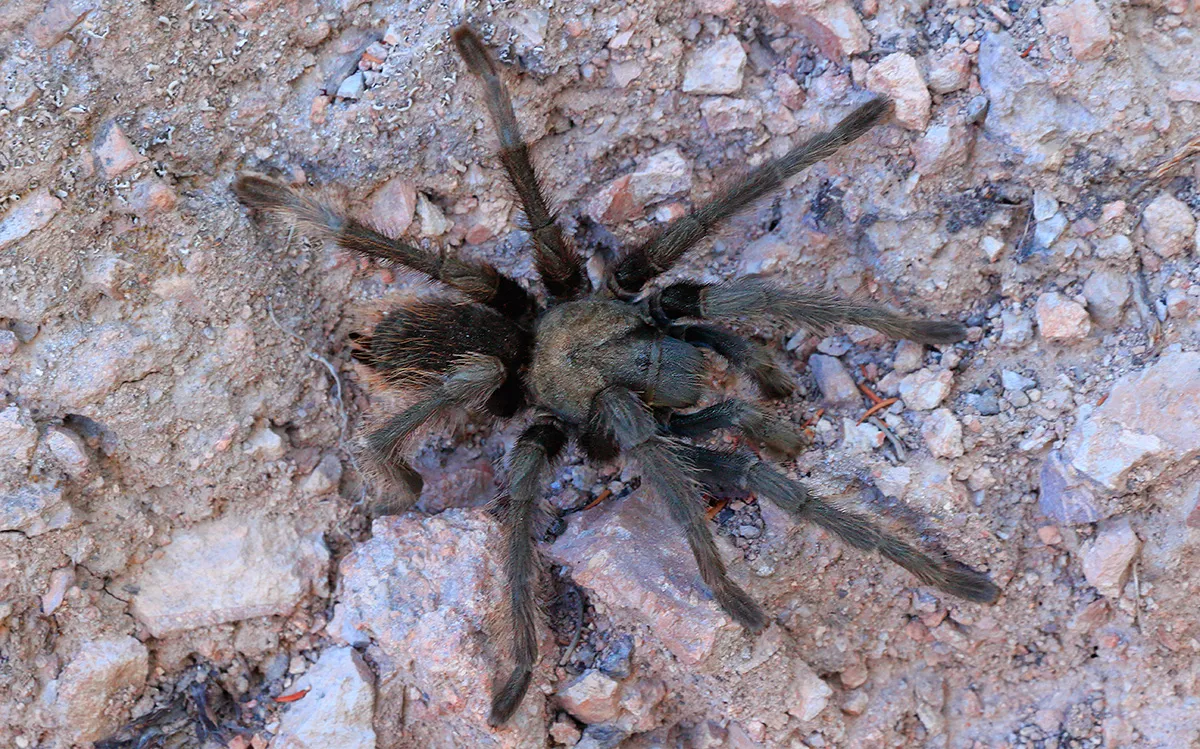
India hosts a remarkable diversity of tarantulas, with species like the Indian Ornamental (Poecilotheria regalis) known for its striking patterns, being a popular example. These tarantulas are found in both the Western Ghats and the Eastern Ghats, often residing in tree hollows or under the bark of trees. These spiders are well-adapted to the humid conditions of the region. The unique climate makes India an interesting region for both scientists and hobbyists. Their place in the ecosystem plays a major role in their environments.
Southeast Asia Tarantula Habitats
Southeast Asia, including countries like Thailand, Malaysia, and Indonesia, is known for its rich tarantula diversity. The region’s rainforests offer ideal conditions for these spiders. Species such as the Malaysian Earth Tiger (Cyriopagopus schmidti) and other colorful species can be found in this area. These spiders are often arboreal, dwelling in trees, or constructing burrows in the ground. The tropical climate and varied terrain provide a variety of microhabitats, supporting diverse species. Southeast Asia’s tarantulas contribute to the region’s unique biodiversity.
Africa Tarantula Habitats
Africa, with its varied landscapes from savannahs to rainforests, offers a wide range of habitats for tarantulas. Species in Africa, like the baboon spiders, are often found in burrows. These spiders have adapted to both arid and humid climates. Africa’s tarantulas demonstrate a wide range of adaptations and survival strategies, making them fascinating to study. The presence of tarantulas contributes to the ecological balance. From the dense rainforests to the open grasslands, the African continent supports a variety of tarantula species.
Tarantula Species in Africa
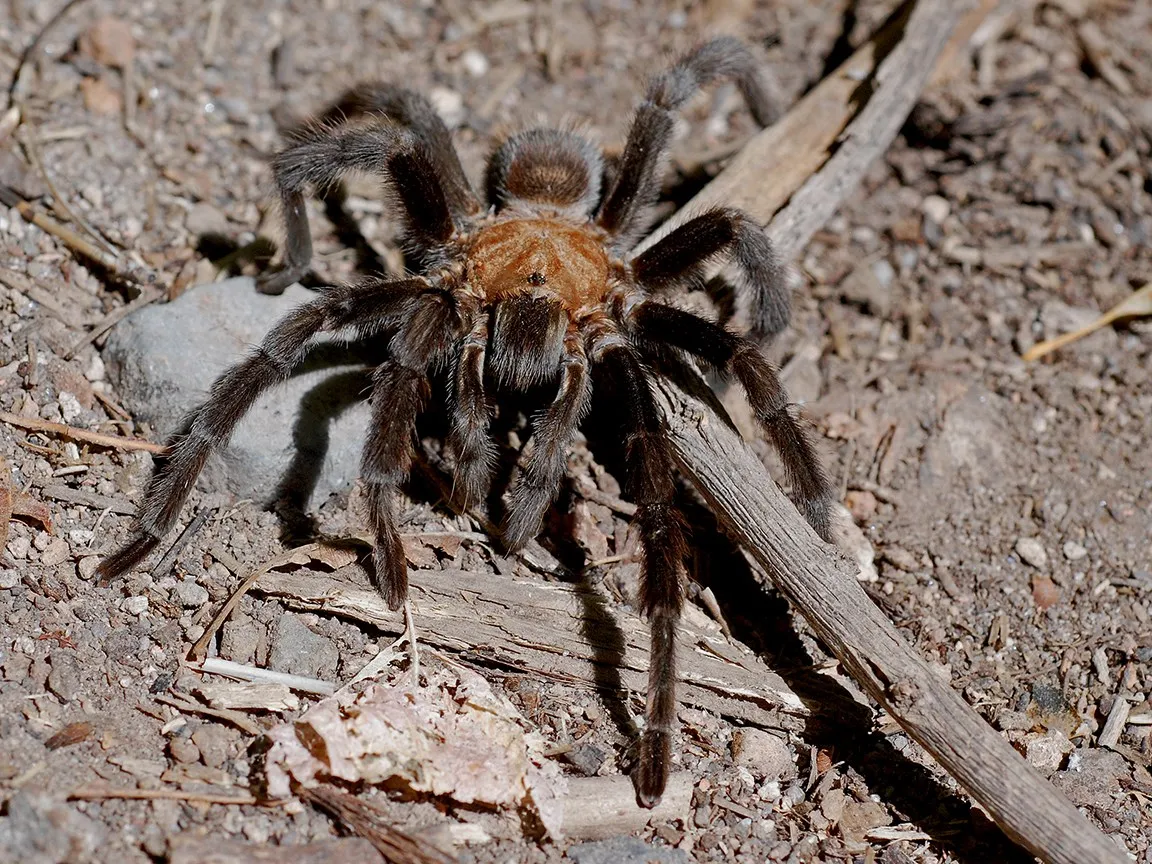
The African continent is home to diverse tarantula species, including various species from the genera Ceratogyrus and Pterinochilus. These species are well-adapted to the continent’s varied conditions. From desert-dwelling species to those in more humid areas, Africa’s tarantulas represent the continent’s rich biodiversity. The unique adaptations of the different species make Africa a prime location for studying tarantulas. Their survival is an important measure of the health of the environments they live in.
Tarantula Habitats in Madagascar
Madagascar, an island nation off the coast of Africa, is known for its unique biodiversity, including several tarantula species. The island’s diverse habitats, from rainforests to dry deciduous forests, provide varied environments for these spiders. The isolation of Madagascar has led to the evolution of unique species found nowhere else on Earth. These tarantulas play a crucial role in the ecosystem of Madagascar. Studying the species in Madagascar provides valuable insights into evolution and adaptation.
Australia Tarantula Habitats
Australia is home to a range of tarantula species, adapted to the continent’s unique environments. They can be found in a variety of habitats, from arid deserts to humid rainforests. These spiders have adapted to survive in a range of conditions. Understanding their distribution is crucial to conservation efforts. From burrowing to constructing webs, Australia’s tarantulas demonstrate a variety of survival strategies.
Australian Tarantula Species
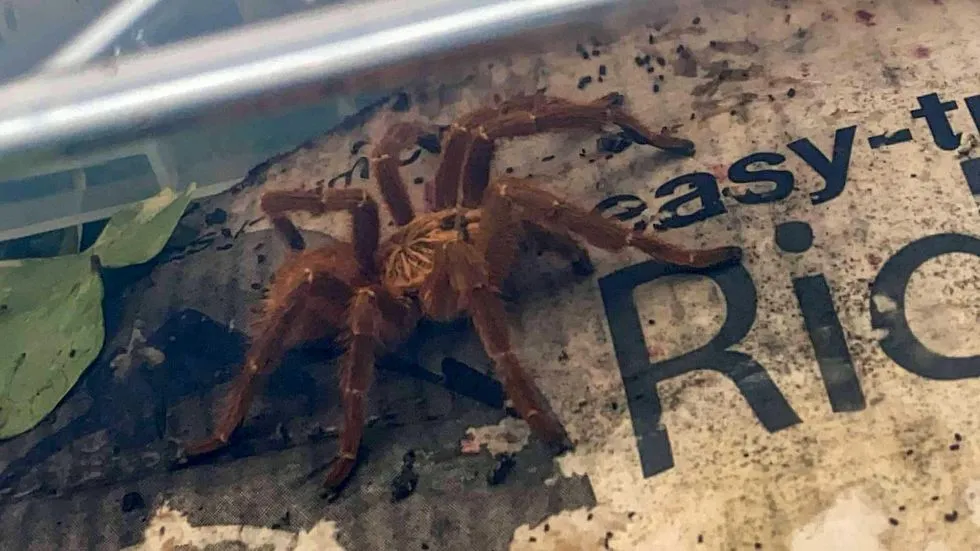
The Australian continent boasts several unique tarantula species, including the Sydney funnel-web spider and various species within the Selenocosmia genus. These spiders are an integral part of the Australian landscape. The varied terrain of Australia supports a diverse range of species. Studying these spiders highlights their role in the Australian ecosystems, demonstrating the importance of their conservation and care.
Tarantula Habitats: Important Considerations
Climate and Tarantula Distribution
Climate plays a significant role in determining where tarantulas can thrive. Temperature, humidity, and rainfall patterns all impact their distribution. Most tarantulas prefer warm, humid environments. The availability of prey and suitable burrowing conditions also influence their habitat. Understanding these climatic factors is vital for predicting where different species may be found. Variations in the climate also mean tarantulas need to adapt to survive. The climate is the ultimate driver of their survival.
Soil Type and Tarantula Habitats

Soil type is another critical factor influencing tarantula habitats. The ability to burrow is essential for many species. The composition of the soil affects their ability to create and maintain burrows. Soil conditions, such as drainage and structure, impact the survival of tarantulas. Certain soil types are more conducive to creating burrows. Different species prefer different types of soil, based on their specific needs.
Finding Tarantulas Safely
While the prospect of finding tarantulas in their natural habitats can be exciting, it’s essential to approach this with caution. Always observe tarantulas from a safe distance. Avoid handling them, as they can bite if they feel threatened. Respect their habitat and avoid disturbing their burrows or webs. Researching the local species and their behaviors is crucial for ensuring your safety. Remember, tarantulas are an important part of their ecosystems, and protecting them is essential. Responsible observation ensures both your safety and the preservation of these fascinating creatures.
